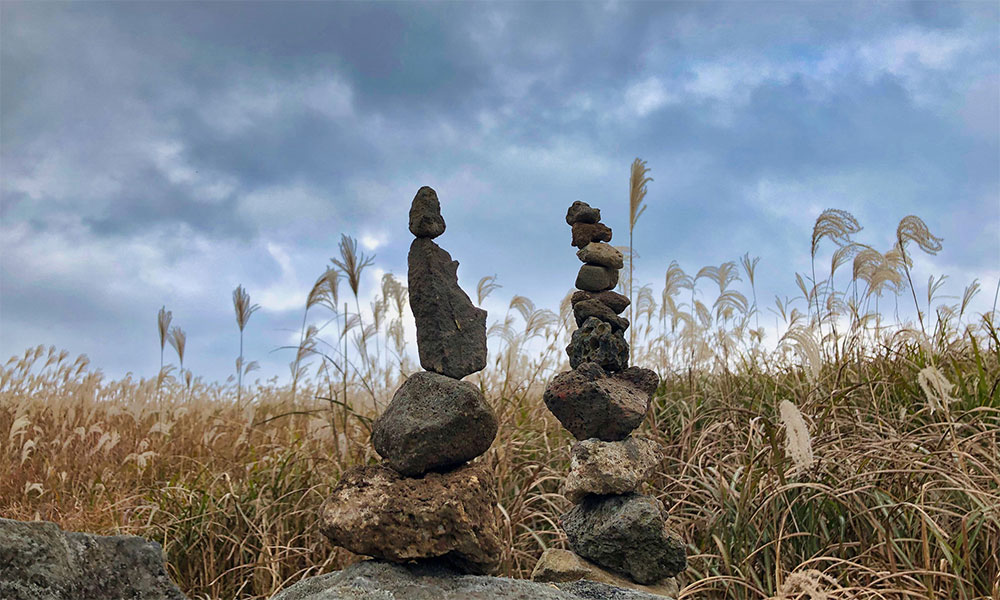The other day, I was speaking with a founder whose company was scaling up rapidly. They were facing the typical malaises that come up with size: lots of issues coming up but not getting resolved, blame games, hoarding of information, CYA emails, excuses, and silos. The team was struggling to figure out how to handle and work through the friction that was resulting in the organisation.
Generally, we understand friction as a serious obstacle within organisations. It makes things difficult, tedious and infuriating for employees, customers and partners. Interestingly, though, friction can also be a valuable asset when harnessed correctly. Being able to distinguish good friction from bad friction is a useful skill in the workplace, especially for leaders.
So, this week, my message focuses on how to manage friction in both its forms. What steps can leaders take to reduce bad friction and leverage good friction?
Friction refers to resistance. Organisational psychologist and Stanford professor Bob Sutton explains it as “that feeling that things are harder to do than they ought to be”.
From CEOs to frontline staff, everyone has a sphere of friction where they can make things tougher or easier for others. For example, think of how we communicate with each other. Sending lengthy, rambling emails creates confusion and delays, whereas concise, clear communication supports efficiency. Another example is meetings. Holding long, low-value meetings with bloated invite lists wastes precious time for all participants.
To put it simply, each of us can either add or reduce friction within our own sphere of influence.
While travelling recently, I noticed a “friction reducer” in action at the airport. A supervisor walked along the queue at the check-in counter, speaking to each passenger. She redirected some people to the online check-in line and others to baggage drop—both with much shorter wait times. When the business class counter was free, she sent senior citizens and families with young children to check in there. Her proactive approach, which made things easier for everyone involved, was an excellent demonstration of removing unhelpful friction.
Friction can also be a force for good. Think of the resistance a team experiences when divergent viewpoints and ideas come into close contact. This inevitably happens in diverse, inclusive teams. On the other hand, working in a homogenous team is smooth sailing! It feels quick, easy and hassle-free — and who doesn’t like that? (This is why even the best-intentioned leaders often end up working mostly with “people like us”.)
But here, the lack of friction is, in fact, a drawback. Quick and easy doesn’t spark innovative ideas and game-changing solutions! To open up new pathways of thought and find answers to complex problems, we need friction. Friction creates the space for us to explore ideas deeply, challenge one another, and uncover blind spots. This is why embracing a healthy level of friction enables teams to perform at their peak.
Other activities that benefit from the complexity and rigour of friction include building lasting relationships, making tough trade-offs or irreversible decisions, and tackling deep-rooted problems.
Good vs. bad friction
A leader’s relationship with friction should account for both sides of the coin. The goal is to reduce bad friction while simultaneously embracing good friction in order to elevate productivity as well as performance in meaningful ways.
Friction is “bad” when it imposes barriers without offering benefits. Bad friction makes it hard, frustrating and time-consuming to do the right thing, throwing unnecessary obstacles across the path. Friction can also be a disadvantage when speed is of the essence, for example, in emergency situations that call for quick action. In general, routine tasks should be as frictionless as possible.
Friction is “good” when it forces us to slow down and be intentional. There are times when leaders and teams need to pause, dig deeper and deliberate. Sometimes, discomfort and difficulty are necessary to create something truly great. Good friction helps us unlock revolutionary ideas, make wiser decisions and do things right.
Good riddance to bad friction
One of the leading sources of bad friction is “addition sickness”. When trying to improve something, we have a default tendency to add more. A few years ago, researchers conducted an experiment where participants were asked to stabilize a Lego structure. The best, easiest solution was to simply remove one Lego piece — yet most people chose to add 4-5 new pieces (which were available at an extra charge!).
This zest for addition weighs down organizations, particularly as they grow larger and more complex. Unnecessary rules, procedures, tools and technologies form an ever-present layer of friction, hindering efficiency and progress at every step.
To combat this problem, leaders can deploy a subtraction-oriented approach. Bring your focus to remove impediments and reward team members who eliminate drivers of friction. Too often, the glory goes only to those who launch new, exciting things — and the unsung heroes who make our working life better through subtraction remain in the shadows.
Assess the burden placed by recurring meetings, evaluations and communications across your team or organization. This might be far more than you realize. A few years ago, a study at Deloitte found that the firm’s 65,000 employees were spending 2 million hours each year on performance management. Tellingly, a majority of employees believed that the work done during these precious hours drove neither engagement nor performance.
Administrative glitches are another source of disadvantageous friction. Professor Sutton, who co-authored a book (with Professor Huggy Rao) called The Friction Project, gives the example of having expense reimbursements bounce back numerous times without explanation, which adds up to a whole lot of wasted time and immense frustration.
Leaders seeking to subtract friction can take inspiration from the excellent initiative implemented by Melinda Ashton, the Chief Quality Officer at Hawaii Pacific Health. Nicknamed GROSS (Getting Rid of Stupid Stuff), the programme aimed to reduce the burden of maintaining electronic health records. Doctors, nurses and assistants were asked to identify subtraction targets that were “poorly designed, unnecessary or just plain stupid”. The staff nominated 188 targets, which led to 87 tangible improvements, thereby freeing up a massive number of workhours for patient care.
Chasing friction
Here are six steps leaders can take to harness friction:
1. Reframe friction.
When starting an activity that will benefit from friction, set the expectation at the outset. Share with your team the value of working with resistance in this particular scenario. Encourage a mindset of curiosity and inquiry, rather than settling for easy conclusions and obvious answers.
2. Extend timelines.
Don’t assign unnecessary urgency to activities that will benefit from a slower, deeper process. An artificial time crunch forces teams to strip away all friction and default to the simplest way of working. Create the time and space you need to navigate resistance and reap its rewards.
3. Build friction tolerance.
Have you and your team slipped into “quick and easy” mode? If yes, it might take some practice to get comfortable with friction. Leaders can increase friction tolerance, both personal and collective, through tools like informal debates, role plays and feedback. Practice skills like keeping an open mind, active listening, and questioning each other constructively.
4. Create psychological safety.
In order to play with friction, your team needs to feel safe enough to get passionate, debate “out there” ideas, and disagree with each other (and with you!). It’s impossible to speak out honestly with the fear of humiliation or retribution hanging over one’s head.
As leaders, it’s up to us to create a collaborative and psychologically secure environment, with clear rules of courtesy, where our team members can chase friction without jeopardizing their wellbeing and career prospects.
5. Seek out diversity.
Inject a healthy dose of friction into your team by incorporating members with viewpoints across the spectrum. It’s good to remember that people can be aligned on core values and goals, while still disagreeing on the right way to move forward.
Invite outside experts to share divergent views, especially when faced with irreversible decisions with far-reaching consequences. Make a genuine effort to look at things from various angles (even those that feel alien to you), and invite your team members to do the same.
6. Introduce false constraints.
An interesting way to facilitate creative thinking is to put false constraints in place during ideation and brainstorming. Limiting resources, finances, and time can bring in useful friction, helping you and your team explore more innovative concepts that go against the grain.
7. Manage negative emotions.
Even with good friction, feelings of frustration are a natural by-product. For instance, any creative process inevitably involves multiple failures and “back to the drawing board” moments. Another example is the exasperation we feel when our assumptions are interrogated or when things move more slowly than anticipated.
Experiencing these emotions is okay. In fact, it is necessary. Work together with your team to deal with the negative feelings that occur upon encountering resistance. Be a role model by demonstrating healthy ways to cope with your own annoyance.
While bad friction wastes precious time and energy, good friction enables us to be more intentional. As Sutton notes:
[Effective leaders] are keenly aware how their interpersonal behavior, the rules and norms they set, and organizational structures they create make the right things easier and the wrong things harder.
Let me leave you with a few questions to ponder on this week. Could your organisation benefit from subtracting bad friction in areas like communications and meetings? Does your team have the diversity and mindset that are needed to generate good friction? And finally, what activities on your current agenda could benefit from a good dose of friction?
P.S. If you want to delve deeper into this topic, pick up Professors Sutton and Rao’s excellent book, The Friction Project.








Comments